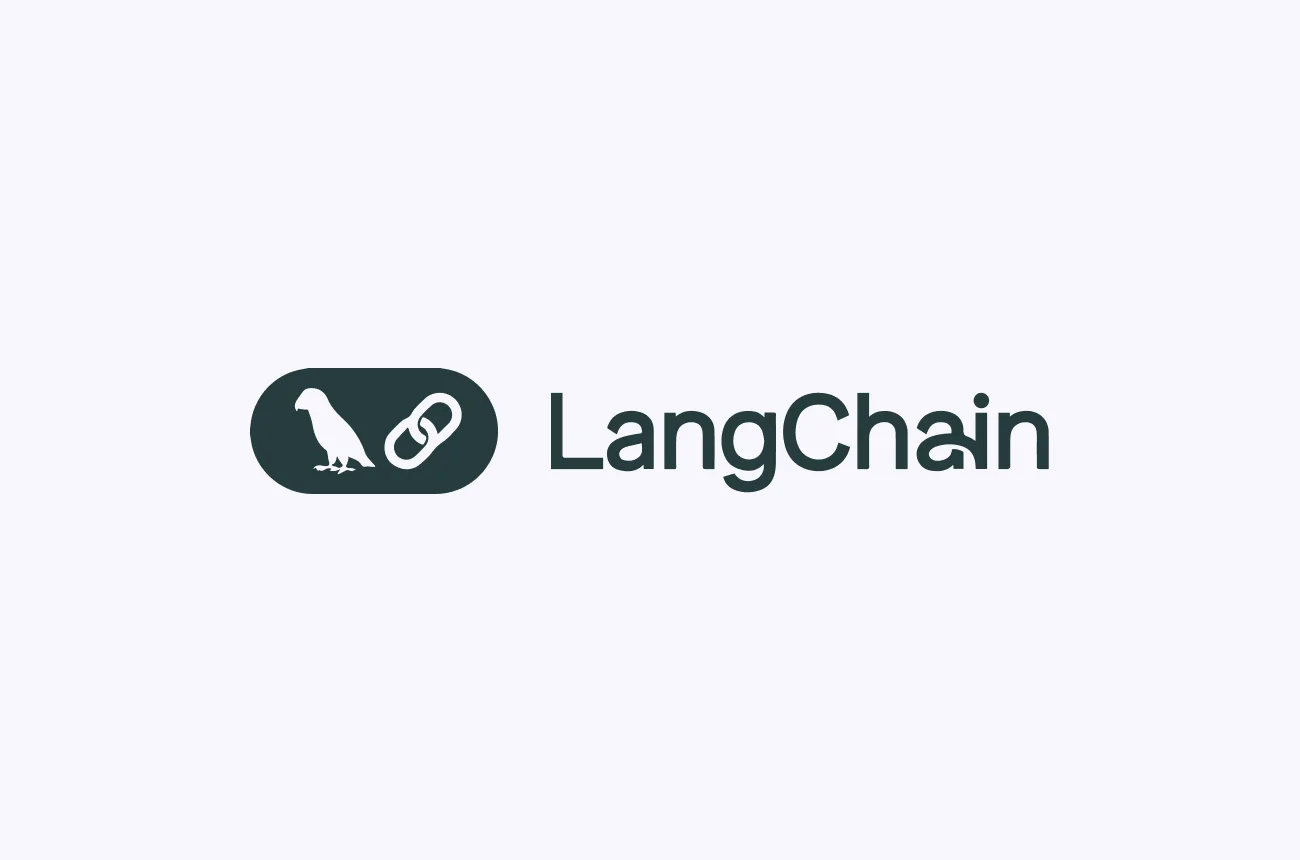Building Robust LLM Pipelines: A Step-by-Step Guide to LangChain

Creating robust pipelines for Large Language Models (LLMs) is essential for developing advanced AI applications. LangChain is an open-source framework that simplifies this process by providing tools to build, customize, and manage LLM-powered applications efficiently. This article offers a comprehensive step-by-step guide to using LangChain, including its benefits, installation, setup, and a practical example of building a simple agent.
Presentation of LangChain
LangChain is designed to streamline the development of applications powered by LLMs. It offers a suite of components and interfaces that facilitate seamless integration with various language models, enabling developers to construct sophisticated AI solutions with ease. By providing abstractions for model input/output, data connections, memory management, and more, LangChain orchestrates the LLM pipeline effectively.
Benefits
- Modularity: LangChain's modular design allows developers to select and configure components as needed, promoting flexibility and reusability in application development.
- Integration: It supports integration with multiple LLM providers, such as OpenAI and Hugging Face, enabling the use of various models within the same framework.
- Scalability: LangChain facilitates the creation of scalable applications by providing tools to manage complex workflows and large datasets efficiently.
- Community Support: As an open-source project, LangChain benefits from a growing community that contributes to its continuous improvement and offers extensive resources for learning and troubleshooting.
Getting Started
Installation and Setup
1. Install LangChain:
Ensure you have Python (version 3.7 or higher) installed. Install LangChain using pip:
pip install langchain2. Set Up API Keys:
If you plan to use LLM providers like OpenAI, obtain the necessary API keys and set them as environment variables or configure them directly within your application.
First Steps
Step 1: Initialize the Language Model:
Import the required classes and initialize the language model with your API key:
from langchain.llms import OpenAI
llm = OpenAI(model_name="text-davinci-003", openai_api_key="your_openai_api_key")Step 2: Create a Prompt Template:
Define a prompt template to structure the input for the LLM:
from langchain import PromptTemplate
prompt = PromptTemplate(
input_variables=["product"],
template="Write a catchy marketing slogan for {product}."
)Step 3: Build the LLM Chain:
Combine the prompt template and the LLM into a chain:
from langchain.chains import LLMChain
llm_chain = LLMChain(prompt=prompt, llm=llm)First Run
Execute the chain with an example input:
result = llm_chain.run(product="eco-friendly water bottle")
print(result)This will generate a marketing slogan for the specified product.
Step-by-Step Example: Building a Simple Agent
Let's build an agent that translates English text into French.
1. Import Necessary Modules:
from langchain.llms import OpenAI
from langchain.prompts import PromptTemplate
from langchain.chains import LLMChain2. Initialize the Language Model:
llm = OpenAI(model_name="text-davinci-003", openai_api_key="your_openai_api_key")3. Create a Prompt Template:
prompt = PromptTemplate(
input_variables=["text"],
template="Translate the following English text to French:\n\n{text}"
)4. Build the LLM Chain:
translation_chain = LLMChain(prompt=prompt, llm=llm)5. Run the Agent:
english_text = "Hello, how are you?"
french_translation = translation_chain.run(text=english_text)
print(french_translation)This agent will translate the provided English text into French using the specified LLM.
Advanced Usage: Integrating Memory and Tools
LangChain allows for the integration of memory and external tools to create more dynamic and context-aware applications.
1. Adding Memory:
Incorporate memory to maintain context across interactions:
from langchain.memory import ConversationBufferMemory
memory = ConversationBufferMemory()2. Using Tools:
Integrate external tools, such as a calculator, to enhance functionality:
from langchain.agents import initialize_agent, Tool
def calculator(input):
return str(eval(input))
tools = [Tool(name="calculator", func=calculator, description="Perform mathematical calculations.")]3. Initialize the Agent with Tools and Memory:
from langchain.agents import initialize_agent
agent = initialize_agent(tools, llm, agent="zero-shot-react-description", memory=memory, verbose=True)4. Run the Agent:
response = agent.run("What is 2 + 2?")
print(response)This setup enables the agent to perform calculations and maintain context over multiple interactions.
Real-World Applications of LangChain:
LangChain's versatility allows it to be applied across various industries:
- Customer Support: Develop context-aware chatbots that handle inquiries, troubleshoot issues, and escalate complex problems to human agents when necessary.
- Content Generation: Automate the creation of articles, reports, and marketing materials, ensuring consistency and saving time.
- Data Analysis: Build tools that can interpret and summarize large datasets, providing insights and facilitating decision-making processes.
Final Thoughts
LangChain simplifies the development of LLM-powered applications by providing a structured framework and reusable components. Its modularity and integration capabilities allow developers to build robust pipelines tailored to specific use cases. By following this guide, you can start creating your own applications, leveraging the power of large language models with ease.
Cohorte Team
January 22, 2025

